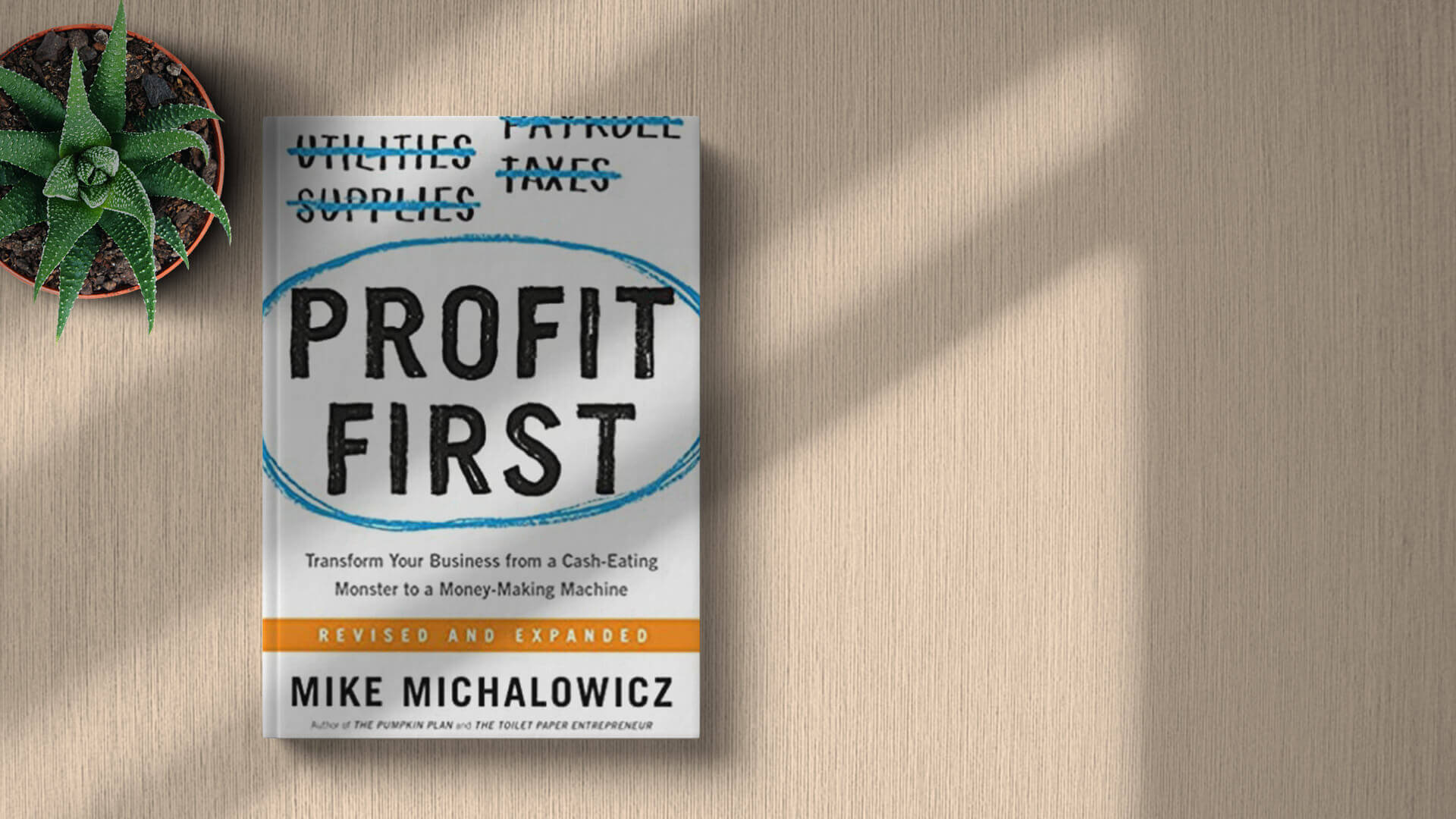Dealing with tax debt can be overwhelming, but it doesn’t have to control your life. The process of tax debt settlement allows you to resolve financial obligations to the government, potentially reducing or eliminating the debt. Tax relief is an achievable goal for many, offering a way out from years of tax burden. Below, we will outline how the tax debt settlement process works, explain various relief programs, and suggest strategies to regain financial freedom. Keep reading to learn more.
The Key Steps in Tax Debt Settlement

The first step toward settling tax debt involves understanding your current financial situation. You need to gather all documents related to your income, expenses, and tax filings. You can begin exploring settlement options once you have a clear financial standing.
Next, you must choose a settlement strategy that suits your financial capacity. Some people pursue an Offer in Compromise (OIC), while others may opt for an installment agreement. Each option has different criteria and requirements, so assessing your eligibility is crucial.
You may search online for “tax settlement near me” to find professional assistance to help you navigate the process. A tax professional can guide you in understanding the different programs available and determine the best fit for your situation. Having expert advice can streamline the application process and improve your chances of success.
Once you’ve selected a solution, you must submit the required paperwork to the IRS or your state’s tax authority. This can involve filing forms, providing financial documentation, and explaining why you request relief. Ensuring all necessary steps are taken properly is crucial to the approval of your settlement.
How Tax Debt Relief Programs Work
Tax debt relief programs are designed to help individuals reduce or eliminate their tax obligations under specific conditions. The IRS or state tax agencies often offer these programs, each with its own requirements and criteria. The most common programs include Offer in Compromise (OIC), Installment Agreements, and Currently Not Collectible status.
The Offer in Compromise is a well-known program allowing taxpayers to settle their debt for less than what is owed. To qualify, you must demonstrate financial hardship and an inability to pay the full amount. The IRS will review your case based on your financial information and determine if you meet the criteria.
Another option is an installment agreement, which allows you to pay off your debt in smaller, more manageable monthly payments. This is ideal for those who can afford to make monthly payments but need more time than the usual deadline to pay off the debt. The IRS has flexible installment agreements that can be customized to fit your financial situation.
In cases where you cannot pay anything due to extreme financial hardship, Currently Not Collectible status may be an option. This temporarily halts collection activities from the IRS, relieving you while you work to get back on your feet. This status is not permanent but can buy time for your finances to improve.
Strategies for Achieving Financial Freedom Through Tax Debt Solutions

One of the most effective strategies for financial freedom is to create a detailed repayment plan after securing tax relief. Consistently adhering to your repayment schedule is crucial once you’re approved for a tax settlement or installment agreement. Staying on track with payments prevents the accumulation of additional penalties and interest.
Another strategy is regularly reviewing your finances to ensure you’re on the right path. This involves monitoring your income, expenses, and any changes in your tax obligations. By being proactive, you can adjust your budget and reduce the likelihood of falling back into tax debt.
Building an emergency fund is essential to avoid future tax-related issues. Setting aside a portion of your monthly income for unexpected expenses ensures you are not forced to use tax money to cover emergencies. This will help you maintain financial stability and prevent falling into tax debt again.
Lastly, seek professional advice to keep your tax matters in order. Tax professionals can offer valuable insights into tax planning and compliance, ensuring you stay on the right side of the law. Their guidance can help you minimize future liabilities and maintain long-term financial freedom.
Altogether, tax debt settlement offers a clear path to regain control over your finances and achieve lasting stability. By understanding the process, utilizing available relief programs, and implementing smart financial strategies, you can secure your financial freedom and move forward confidently, ensuring long-term success and peace of mind.



